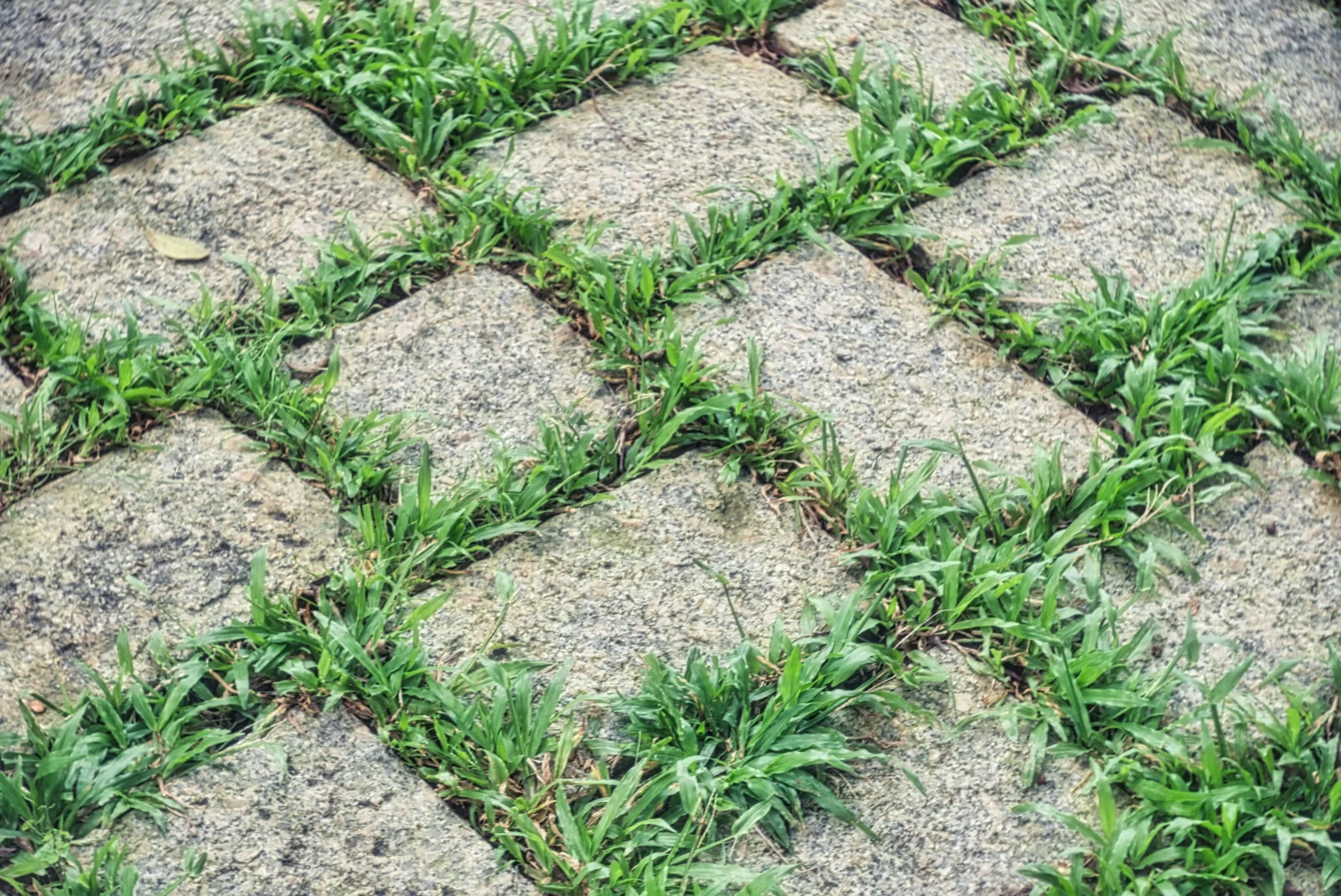- Home
- Articles
- Architectural Portfolio
- Architectral Presentation
- Inspirational Stories
- Architecture News
- Visualization
- BIM Industry
- Facade Design
- Parametric Design
- Career
- Landscape Architecture
- Construction
- Artificial Intelligence
- Sketching
- Design Softwares
- Diagrams
- Writing
- Architectural Tips
- Sustainability
- Courses
- Concept
- Technology
- History & Heritage
- Future of Architecture
- Guides & How-To
- Projects
- Interior Design
- Competitions
- Jobs
- Store
- Tools
- More
- Home
- Articles
- Architectural Portfolio
- Architectral Presentation
- Inspirational Stories
- Architecture News
- Visualization
- BIM Industry
- Facade Design
- Parametric Design
- Career
- Landscape Architecture
- Construction
- Artificial Intelligence
- Sketching
- Design Softwares
- Diagrams
- Writing
- Architectural Tips
- Sustainability
- Courses
- Concept
- Technology
- History & Heritage
- Future of Architecture
- Guides & How-To
- Projects
- Interior Design
- Competitions
- Jobs
- Store
- Tools
- More
DIY Backyard Landscaping: The Power of a Mini Excavator

Transforming your backyard into a beautiful, functional outdoor space can be an incredibly rewarding project. Whether you’re looking to add a new garden bed, create a patio, or clear out old landscaping, a mini excavator can be your secret weapon. With the right equipment, DIY landscaping becomes faster, easier, and far more effective—giving you professional results without hiring a contractor. In this post, we’ll explore why a mini excavator is the perfect tool for your next backyard project, what to consider when choosing one, and a step-by-step guide on how to use it. Let’s dive in!
Why Consider a Mini Excavator for Your Landscaping Project?
A mini excavator is a game-changer when it comes to DIY landscaping. Here’s why:
- Versatility: Mini excavators are incredibly versatile machines. They can be used for digging, grading, trenching, lifting, and even hauling debris. This makes them perfect for a variety of landscaping projects like leveling ground for a patio or digging out an old garden bed.
- Space Efficiency: Many backyards have tight or hard-to-reach areas. Mini excavators are compact and maneuverable, allowing you to work in spaces that larger machines can’t reach. If you’ve got narrow paths or cramped areas around your home, a mini excavator can still get the job done efficiently.
- Cost-Effectiveness: Hiring a professional landscaper to do large-scale work can be expensive. Renting a mini excavator is a cost-effective alternative that puts the power in your hands. Plus, with rental prices that are often affordable, you can take on several projects with one rental.
Key Landscaping Projects Perfect for a Mini Excavator
Here are a few specific landscaping tasks that a mini excavator can help you tackle:
- Creating Garden Beds: Whether you’re looking to add raised garden beds or simply want to dig deeper beds for your plants, a mini excavator can quickly clear the space and shape the area to your needs. It can also help you remove stubborn roots or rocks that would otherwise take hours to dig out by hand.
- Excavating for Patios or Pathways: Planning to lay down some flagstone or pavers for a patio or pathway? A mini excavator can help level and grade the ground for a smooth, stable surface. This is especially useful if the ground is uneven or has lots of obstructions.
- Clearing Land or Removing Debris: Mini excavators excel at clearing brush, shrubs, and even small trees. If you’re dealing with overgrown areas or want to remove old landscaping materials like broken concrete, a mini excavator can make the process much faster and easier.
- Digging for Irrigation or Drainage: Installing an irrigation system or creating proper drainage is essential for maintaining healthy plants. A mini excavator can help you dig trenches for pipes and channels, ensuring water flows properly around your yard.

Choosing the Right Mini Excavator for Your Project
When selecting a mini excavator, it’s important to consider several factors to ensure you get the right machine for your project:
- Size and Weight Considerations: Mini excavators come in various sizes, typically ranging from 1 to 6 tons. For small backyard projects, a 1-2 ton model will usually be sufficient. However, for larger or more complex tasks, you might want to go for a heavier model that offers more power and digging depth. AHM mini excavators, for example, offer a variety of 1-ton mini excavators that strike the perfect balance between power and compact size, making them ideal for both small and medium-scale projects.
- Attachments: Mini excavators can be fitted with a variety of attachments to enhance their capabilities. Some common ones include buckets (for digging), augers (for drilling holes), and grapples (for moving debris). When choosing a machine, make sure it has the right attachments for your needs.
- Performance and Reliability: Whether you’re moving dirt, digging up stubborn roots, or leveling ground, you’ll want a mini excavator that’s not only powerful but also reliable. AHM mini excavators, such as their Kubota engine mini excavator, are known for their durable construction and smooth performance, allowing you to get the job done efficiently and with minimal downtime. They’re designed to handle tough tasks, so you can feel confident tackling everything from simple landscaping chores to more involved excavation work.
Step-by-Step Guide: How to Use a Mini Excavator for DIY Landscaping
Ready to get started? Here’s a step-by-step guide on how to use a mini excavator for your landscaping project:
Step 1: Planning Your Project
Start by mapping out your project. Measure your space, mark out where you want to dig or level, and sketch a rough plan of how you envision your backyard. Planning ahead ensures you don’t waste time or effort on unnecessary tasks.
Step 2: Preparing Your Site
Before operating the mini excavator, make sure the area is cleared of obstacles like large rocks, debris, or trees. Mark any underground utilities (such as gas or water lines) to avoid damaging them. Safety is key, so wear appropriate gear like gloves and steel-toe boots.
Step 3: Operating the Excavator
Take some time to familiarize yourself with the mini excavator’s controls. Most machines have simple, intuitive controls, but it’s always a good idea to do a practice run to get a feel for the machine. If you’ve never used one before, you can usually rent a machine with an instructional video or even a brief on-site tutorial from the rental company.
Step 4: Executing the Landscaping Tasks
Once you’re comfortable operating the excavator, begin executing your landscaping tasks. For example, if you’re digging a garden bed, start by using the bucket to scoop out soil, and then use the arm to level the ground. Work slowly and methodically to ensure the best results.
Step 5: Post-Project Cleanup and Finishing Touches
Once the excavation is complete, clean up the site by removing any leftover dirt or debris. Then, you can proceed with your next steps—whether it’s planting, laying down pavers, or adding finishing touches to your newly shaped garden.
Safety Tips When Using a Mini Excavator
While mini excavators are relatively safe to operate, it’s important to follow these basic safety tips:
- Know the Machine: Always read the user manual and familiarize yourself with the controls before using the machine.
- Wear Protective Gear: Safety gear is essential. Make sure you wear gloves, a helmet, and steel-toe boots to protect yourself from potential hazards.
- Be Aware of Your Surroundings: Keep an eye out for nearby structures, people, or pets when operating the machine. Always maintain a safe distance from power lines and underground utilities.
- Check the Machine: Before starting, inspect the mini excavator for any issues like loose bolts, leaks, or damaged parts.
Troubleshooting Common Issues with Mini Excavators
Mini excavators are durable, but you might encounter some minor issues along the way. Here’s how to troubleshoot common problems:
- Machine Stuck in Mud or Dirt: If the excavator gets stuck, try using the tracks to rock it back and forth. If it’s still stuck, you may need to use a tow strap to pull it out (always follow safety guidelines when doing this).
- Poor Digging Performance: If the excavator isn’t digging effectively, check that the bucket is positioned correctly and ensure the arm isn’t obstructed by rocks or debris. Sometimes, adjusting the machine’s settings can help improve performance.
Real-Life Case Studies or Success Stories
Take inspiration from others who have successfully used mini excavators in their backyard projects:
- Case Study 1: A homeowner used a mini excavator to dig a large garden bed in a rocky backyard. By using the machine’s digging arm and specialized attachments, they were able to clear the area and create a beautiful garden in just a few hours.
- Case Study 2: Another DIY landscaper cleared a large overgrown area, removed trees, and leveled the ground for a new patio. The mini excavator made the process much faster than if they had used manual labor alone.
Conclusion
A mini excavator can be a game-changer for your backyard landscaping project. With its versatility, space efficiency, and cost-effectiveness, it’s an excellent tool for tackling everything from garden bed creation to patio excavation. By following these tips and guidelines, you can take on your project with confidence and achieve results that will transform your outdoor space.
A licensed architect with hands-on studio experience, I translate complex design ideas into clear, engaging stories for a global audience. As a seasoned content writer and editor, I craft articles, project features, and thought-leadership pieces that illuminate emerging technologies, sustainable practices, and cutting-edge design trends—always with an architect’s eye for detail, accuracy, and narrative flow. My goal is to bridge practice and publication, giving fellow professionals and curious readers alike the insight and inspiration they need to push architectural boundaries.
Submit your architectural projects
Follow these steps for submission your project. Submission FormLatest Posts
Transform Your Garden with Artificial Turf Austin Solutions
Transforming your garden with artificial turf can be a game-changer, especially if...
What You Really Need to Create a Beautiful Yard
A beautiful yard is more than just an outdoor space, it’s a...
The Architecture of Borders: Walls, Gates, and the Spaces They Shape
Explore the architecture of borders—walls and gates—from ancient fortifications to smart checkpoints....
How to Choose the Right LED Grow Light for Your Indoor Garden
For indoor growers, it can be the difference between healthy, vibrant plants...












Leave a comment